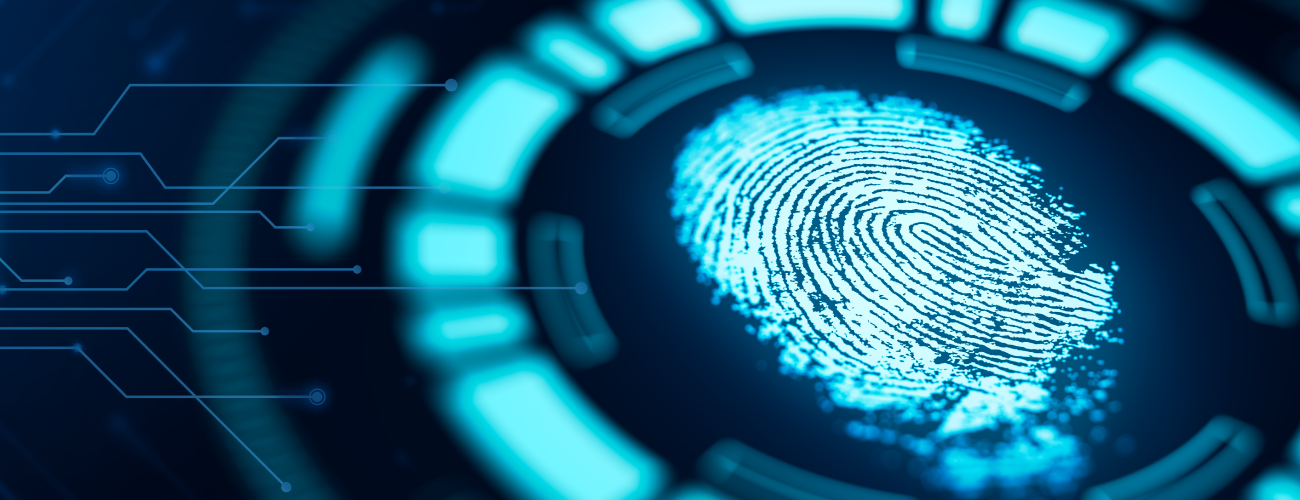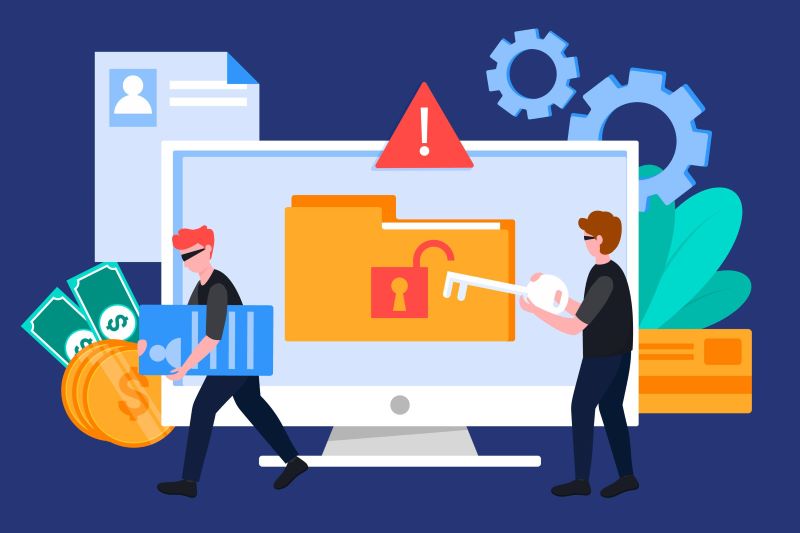
In today's technology-driven world, the security of digital information is of utmost importance.
With the increasing frequency of cyberattacks and data breaches, it has become crucial for individuals and organizations to have robust measures in place to protect sensitive data. In this context, digital forensics will emerge as a pivotal component of information security. It involves the investigation and analysis of digital evidence to detect, prevent, and mitigate security incidents. This article explores the definition of digital forensics, its relevance to information security, its various branches, and why it will continue to be indispensable in future.
What are Digital Forensics and Information Security?
Digital forensics refers to the process of collecting, analyzing, and preserving digital evidence in a manner that maintains its integrity and admissibility in legal proceedings.
It involves the application of investigative techniques to identify, extract, and interpret data from various digital sources such as computers, mobile devices, networks, and storage media. The primary objective of digital forensics is to uncover and document evidence related to cybercrimes, security breaches, and other malicious activities.
The market size of digital forensics is expected to grow from USD 5,890.88 million in 2023 to USD 10,815.20 million by 2028, at a CAGR of 12.92% during the forecast period (2023-2028).
Digital forensics has evolved from addressing minor computer crimes to investigating complex international cases making a significant impact on the world. Digital forensics includes recovering and investigating material found in digital devices, often concerning computer crimes.
Information security, on the other hand, encompasses a range of practices and measures designed to protect the confidentiality, integrity, and availability of information. It involves the implementation of policies, technologies, and procedures to safeguard digital assets from unauthorized access, use, disclosure, disruption, modification, or destruction. Digital forensics acts as a critical component of information security by enabling investigators to analyze security incidents, identify vulnerabilities, and gather evidence to support incident response and legal proceedings.
Digital forensics encompasses various branches, each specializing in different aspects of investigating and analyzing digital evidence. These branches provide unique expertise and techniques to tackle specific challenges. Digital forensics can be broadly categorized into several branches, each specializing in specific areas of investigation. These branches include:
Branches of Digital Forensics

- Disk Forensics: Focuses on analyzing digital evidence stored on computer hard drives, solid-state drives, and other storage media.
- Network Forensics: Involves capturing and analyzing network traffic to identify security breaches, intrusion attempts, and unauthorized activities.
- Mobile Device Forensics: Deals with the examination of data on mobile devices such as smartphones, tablets, and wearables to uncover evidence relevant to investigations.
- Memory Forensics: Focuses on analyzing volatile memory (RAM) to retrieve information that may not be available in traditional storage media.
- Cloud Forensics: Involves investigating digital evidence stored in cloud-based environments, including data centres, online platforms, and virtualized infrastructure.
- Malware Forensics: Focuses on analyzing malicious software to understand its behaviour, origins, and impact on compromised systems.
- Incident Response Forensics: Aims to identify the causes and extent of security incidents, facilitating effective incident response and mitigation efforts.
These branches of digital forensics work together to provide a comprehensive approach to investigating and addressing digital security incidents.
Drill Down into Cybersecurity, Network and Information Security
Drilling down into the broader field of cybersecurity to better understand the role of digital forensics in information security is essential for your business. Cybersecurity uses various measures to protect computer systems, networks, and data from unauthorized access, use, or damage. It comprises various subdomains, including network security and information security.
Network security focuses on securing computer networks from threats such as unauthorized access, data interception, and denial-of-service attacks. It involves implementing technologies and protocols to detect and prevent network-based security incidents. Digital forensics plays a crucial role in network security by analyzing network traffic, log files, and other network artefacts to identify security breaches, trace the origins of attacks, and gather evidence for legal purposes.
Information security, on the other hand, involves protecting the confidentiality, integrity, and availability of data throughout its lifecycle. Digital forensics contributes to information security by assisting in incident response, identifying vulnerabilities, and gathering evidence to understand the nature and impact of security incidents. It helps organizations recover from breaches, implement remediation measures, and prevent future incidents through the analysis of digital evidence.

How Digital Forensics is Used in Information Security
Digital forensics as a critical component of information security is extensively used to investigate, analyze, and mitigate security incidents. By leveraging specialized tools and techniques, digital forensics professionals uncover valuable insights from digital evidence, Digital forensics can help your business enhance information security through:

- Incident Response: Digital forensics helps organizations investigate security incidents, determine the extent of the breach, and identify the root causes. This enables efficient incident response and helps organizations recover from security breaches promptly.
- Evidence Collection: Digital forensics allows for the sound forensic collection and preservation of digital evidence. This evidence becomes crucial when it comes to legal proceedings, providing proof of cybercrimes and supporting law enforcement efforts.
- Malware Analysis: Digital forensics helps in analyzing malware to understand its behaviour, identify its source, and develop countermeasures to prevent future infections. It aids in detecting and removing malicious software from compromised systems.
- Vulnerability Assessment: Digital forensics techniques are employed to identify vulnerabilities in computer systems, networks, and applications. By analyzing digital evidence, organizations can proactively address security weaknesses and implement measures to mitigate risks.
- Compliance and Auditing: Digital forensics assists in ensuring compliance with industry regulations and standards. It helps organizations conduct audits, monitor security controls, and detect any violations or deviations from established policies.
Why Digital Forensics Will Be Indispensable in the Future
As the digital landscape continues to evolve, the need for digital forensics will only grow. Here are some key reasons why digital forensics will be indispensable in the future:
- Increasing Cyber Threats: Cyber threats are becoming more sophisticated and prevalent, requiring advanced investigative techniques to combat them effectively. Digital forensics plays a vital role in uncovering evidence and tracking down cybercriminals.
- Rapid Technological Advancements: The proliferation of new technologies such as the Internet of Things (IoT), cloud computing, and artificial intelligence, introduces new security challenges. Digital forensics will be critical in addressing the unique aspects of these technologies and investigating incidents involving them.
- Legal and Regulatory Requirements: Legal frameworks and industry regulations are continuously evolving to hold organizations accountable for data breaches, cybercrimes, and other security incidents. Compliance with these requirements is crucial to maintain trust, protect sensitive information, and mitigate risks. Digital forensics, with its specialized tools, methodologies, and expertise, plays a vital role in helping organizations meet these legal and regulatory obligations
- Protection of Digital Assets: With organizations relying heavily on digital assets and sensitive data, the need for effective security measures is paramount. Digital forensics helps organizations protect their digital assets by identifying vulnerabilities, investigating breaches, and implementing preventive measures.
- Proactive Incident Response: Digital forensics enables proactive incident response by providing organizations with insights into security incidents before they escalate. Through continuous monitoring and analysis of digital evidence, organizations can detect and respond to threats in real-time.
Digital forensics plays a crucial role in information security by providing the right means and resources to investigate, analyze, and mitigate security incidents. It also aids in incident response, evidence collection, vulnerability assessment, and compliance with the latest legal and regulatory requirements. As the digital landscape evolves and cyber threats become more complex, the importance of digital forensics will only increase.
Don't let digital evidence slip away. Trust eProtect360 for all your digital forensics needs. Get in touch with us to find out how we can help you preserve, analyze and protect your digital evidence with our advanced digital forensic solutions.